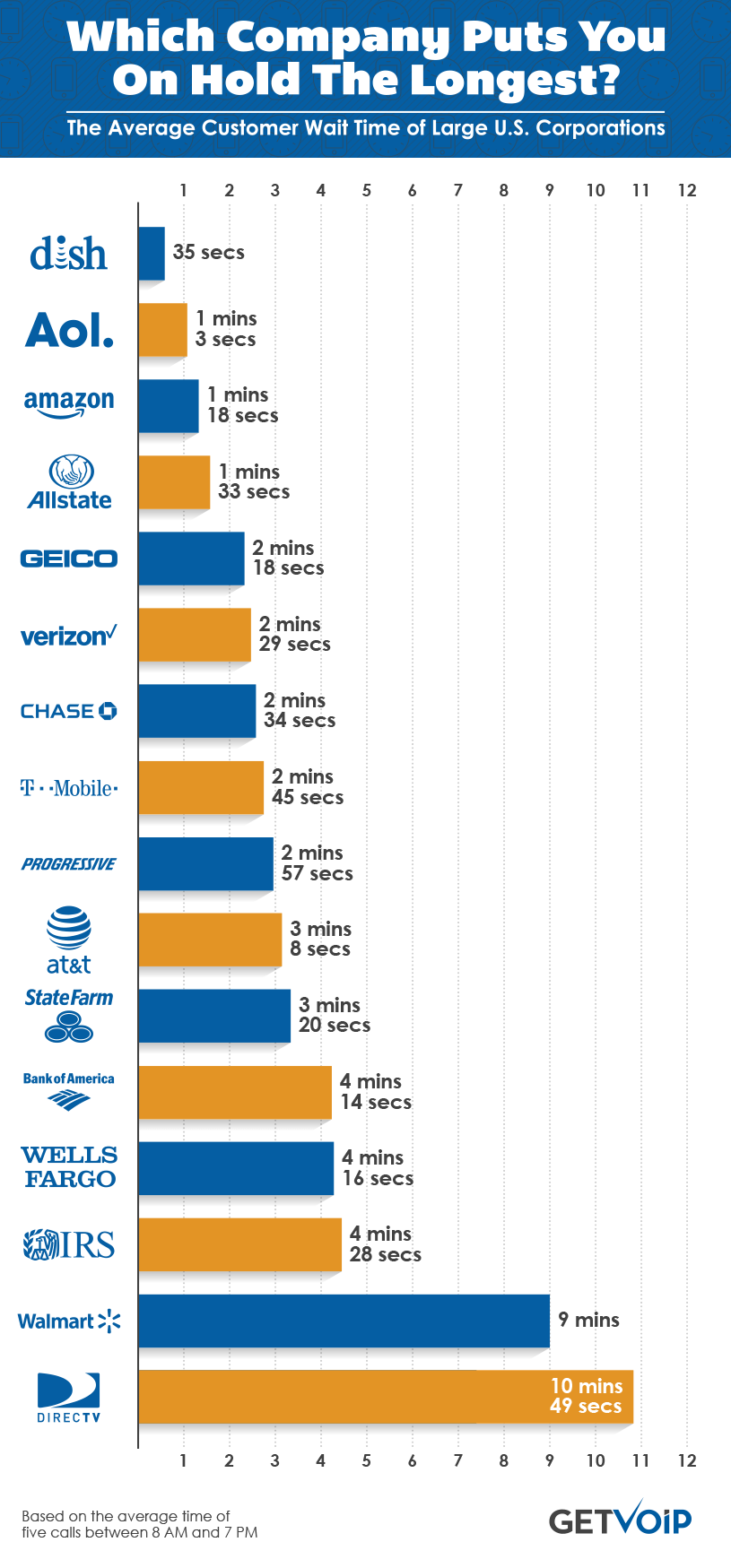Customer Experience6.5-minute read
CX Metrics that Matter: Choosing the Right On-demand Customer Care Provider
From building customer loyalty to ensuring continued growth in a hyper-competitive marketplace, offering the best possible customer experience (CX) isn’t just beneficial—it’s absolutely essential for the long-term success of any business, no matter what industry you serve.

Yet if there are a compelling amount of benefits to offering a great CX, there seem to be just as many theories as to the best way to do it. And that can make it hard for businesses to select an on-demand customer care provider that’s equipped to really meet their unique needs.
The first step in finding the right on-demand service provider, then, is to be aware of the CX metrics that matter most to ensuring a great customer experience. Here’s a rundown of where to begin.
CX Metrics: The Traditional Call Center
Even though traditional phone calls are quickly being outpaced by newer methods of interaction—such as website inquiries, social media convos and online sales—make no mistake: The speed and efficiency with which you field and respond to phone calls from customers and prospects are absolutely critical when it comes to ensuring a top-notch experience.
According to a survey by live-chat service provider Velaro, as summarized by GetVOIP, “60% of customers will hang up after waiting on hold for one minute,” and just over half of that number (30.2%) are willing to wait up to five minutes.

Source: https://getvoip.com/blog/2016/04/04/customer-service-wait-time/.
But the speed with which you field customer calls is just one of many CX metrics associated with traditional call centers. Among the more basic, easily measured (quantifiable) metrics, you also have percentage of first-call resolutions, conversion rates, average call handle time (how long did the overall interaction last), and quite a few others.
And then there’s the more complex, less immediately measurable (qualitative) metrics, which include such elements as predictive modeling and forecast accuracy. This factors into the success with which a contact center team can determine the busiest times for your call center, and then staff accordingly. It also includes understanding the right message to use at the right time with the right customer—all of which is possible, thanks to today’s advanced data and analytical models.
Read more about How to Find Your Customer Service ‘Sweet Spot’
CX Metrics: The Modern Contact Center
As we can see, then, the traditional, phone-based contact center may still play an important role in customer care, but it’s quickly being supplanted by other communications channels, such as online sales, email marketing, social media interactions, chatbot functionality and many others. (Get a rundown of the many communications channels that make up the modern contact center here.)
Luckily, this doesn’t require completely rethinking your customer experience metrics, so much as repurposing them. All of the above CX metrics that pertain to the traditional call center can, and should, also be applied to the more technologically advanced modern contact center.
For instance, the speed with which customer calls are answered and resolved can translate directly into how quickly you respond when someone addresses you on Twitter or Facebook. And your success at resolving inquiries without the need for follow-up is just as pertinent to an online chat as it is to an old-fashioned phone call. Finally, your agents’ ability to convert calls into sales is an essential metric no matter what channel they’re using to communicate.
Read more about How the Traditional Call Center Evolved into the Modern Contact Center — and What You Should Know about It
CX Metrics: Agent Performance
And that brings us to perhaps the most easily overlooked customer experience metric: The specific performance of the agents responsible for interacting with the people who contact your business. There are specific ways to measure the performance of your agents, such as the individual results achieved by each, as well as general attrition rate, staff turnover and quite a few others.

High performance customer service agents deliver consistent message across, quality service, even tone of voice and friendliness.
Source: www.shutterstock.com.
If it doesn’t seem apparent at first why your agents’ turnover rates could possibly impact the quality of your customer service, consider this: Great customer service requires consistency, across messaging, quality of service, even tone of voice and friendliness. If your turnover rate is high, then so is the likelihood of any given agent having to deal with a learning curve. This leads to uneven service, which results in a less-than-ideal customer experience.
Achieving the exemplary agent performance required for great customer care takes putting in place the best possible methods of managing those agents. It means scheduling to meet the needs of your customers while playing to the strengths of your agents. It also requires knowing which agents are stronger on the phone, and which are better, say, at social media, and then matching them to these channels.
It also means treating agents well and having them be a part of a great team. After all, as we never tire of saying, happy workers make for satisfied customers. At Working Solutions, we’re proud to have a monthly turnover rate of just over 8%—well below the industry standards (often in the double digits). We achieve this in a number of ways, including a focus on teamwork and meaningful, ongoing education.
Read more about Beyond the Metrics: How to Treat Customer Care Agents with Respect & Value
CX Metrics: Customer Satisfaction Measurements
Last, but certainly not least, we come to perhaps the most important customer experience metric: What your customers actually think about you—and, more specifically, what they say about you. And thanks to the rapid expansion of customer communications channels used by today’s modern contact center, the opportunities to get this important feedback are more abundant than ever.
According to our experts, the top methods for tracking customer satisfaction include:
-
- CES, which is based on the question, “How much effort did it take to resolve your request?”
- NPS (Net Promoter Score), based on the question, “How likely are you to recommend us to a friend or colleague?”

Source: www.shutterstock.com
- CSAT, which tracks, “How satisfied or dissatisfied are you with the experience you just had
These are all important metrics, and your contact center partner should be able to provide satisfactory scores for each. But, although the NPS probably gets the most press today, there’s a case to be made that the CSAT score is really the one that lets you know how you’re doing in terms of CX at any given time.
At Working Solutions, we’re proud to offer CSAT scores that rank about 13% higher than the industry average for outsourced CX service providers. That’s a hard-won score, coming from decades of experience on the forefront of customer care best practices, and resulting from a network of thousands of skilled, home-based agents spread throughout the United States and Canada—each of whom is motivated to provide the best possible customer care.
Read more about How to Improve Your CSAT Score with On-Demand Customer Experience
CX Metrics: The Bottom Line
If this collection of essential CX metrics seems complex and somewhat intimidating, well—it probably should. Accurately measuring all the ins and outs required for a superior contact center performance is no simple matter, and there’s no one-size-fits-all template, either. Just how you perform on each of these factors, and how you should perform, will vary depending on your industry, geographic reach, demographic market base and preferred goals, among quite a few other factors.
And this is further complicated by the fact that customer experience metrics are trickier than they first appear. For instance, as Working Solutions CEO Kim Houlne has pointed out, successfully achieving a great rate of first contact resolution can result in “longer average handle times, particularly when a new product or service is rolled out and generates additional transactions.”
First contact resolution can result in long average handle time, particularly when a new product or service is rolled out and generates additional transactions.
So, boosting your performance with one CX metric could mean endangering another. The trick in finding your perfect balance is defining what your priorities are, and then strategizing accordingly.
That being said, however, it’s also true the on-demand customer care providers you’re considering doing business with can and should be able to go provide an exemplary track record for each and all of these CX metrics. They should be able to provide a complete list of important factors they’re tracking, and show their specific performance on each. If they can’t—well, it’s probably best to keep looking.
With more than 20 years of experience helping companies across a variety of industries achieve and even surpass their customer service goals, we at Working Solutions are confident in our ability to deliver best-of-class performance in each CX metric listed above, as well as a good deal more.
We invite you to contact us today to discover how we can help you improve your CX in ways that drive growth in the years to come.
Let's connect.
This Might Interest You...
This website uses cookies to personalize and improve your experience. Continue browsing our site if you agree to our Cookie Policy or feel free to Manage Cookies yourself.


